
A proposed new time-keeping system tied to the orbiting of a neutron around an atomic nucleus could have such unprecedented accuracy that it neither gains nor loses 1/20th of a second in 14 billion years - the age of the Universe.
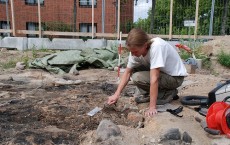
The tiny island of St Helena, 1,000 miles off the coast of south-west Africa, acted as the landing place for many of the slaves, captured by the Royal Navy during the suppression of the slave trade between 1840 and 1872. During this period a total of around 26,000 freed slaves were brought to the is...

An Indiana University geophysical experiment detected unusual seismic signals associated with tornadoes that struck regions across the Midwest last week -- information that may have value for meteorologists studying the atmospheric activity that precedes tornado disasters. The experiment by IU re...
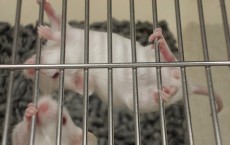
University of Southampton researchers are investigating innovative methods of testing drugs that will reduce the need for involving animals. Drugs based on biological proteins can cause adverse immune reactions in humans.

The Daya Bay Reactor Neutrino Experiment, a multinational collaboration operating in the south of China, today reported the first results of its search for the last, most elusive piece of a long-standing puzzle: how is it that neutrinos can appear to vanish as they travel? The surprising answer open...
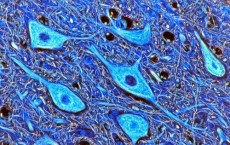
Researchers at the University of Copenhagen have documented a previously unknown biological mechanism in the brain's most important line of defence: the blood-brain barrier. Scientists now know that the barrier helps maintain a delicate balance of glutamate, a vital signal compound in the brain. The...

An international particle physics collaboration today announced its first results toward answering a longstanding question – how the elusive particles called neutrinos can appear to vanish as they travel through space. The result from the Daya Bay Reactor Neutrino Experiment [link: http://...
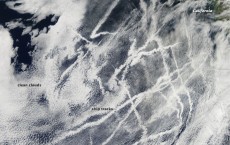
Ships churning across the Pacific Ocean left this cluster of bright cloud trails lingering in the atmosphere late last month. The narrow clouds, known as ship tracks, form when water vapor condenses around tiny particles of pollution that ships either emit directly as exhaust or that form as a resul...
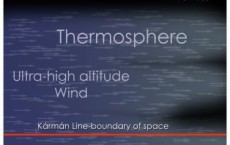
High in the sky, 60 to 65 miles above Earth's surface, winds rush through a little understood region of Earth's atmosphere at speeds of 200 to 300 miles per hour. Lower than a typical satellite's orbit, higher than where most planes fly, this upper atmosphere jet stream makes a perfect target for a ...

NASA's highly anticipated Robotic Refueling Mission (RRM) began operations on the International Space Station with the Canadian Dextre robot and RRM tools March 7-9, 2012, marking important milestones in satellite-servicing technology and the use of the space station robotic capabilities.

Taking a sample or biopsy from just one part of a tumor might not give a full picture of its genetic diversity and may explain why doctors, despite using genetically targeted drugs, are often unable to save patients whose cancer has spread, scientists said.

A research group is proposing a new tool in the fight against drug-resistant bacteria: turn infections into a rare disease.